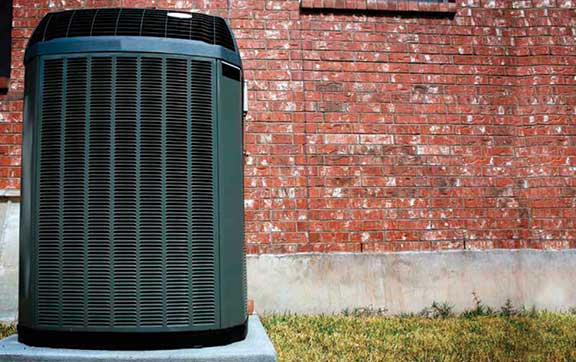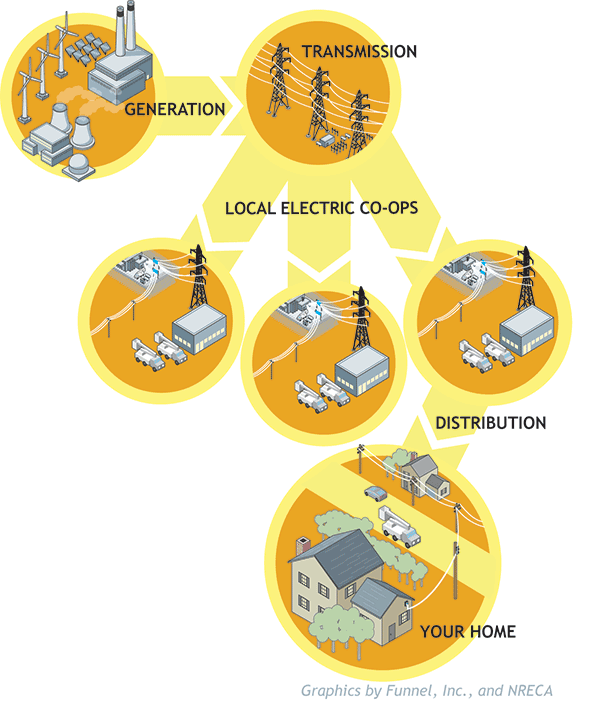 Wolverine Power Cooperative uses a familiar saying—“don’t put all your eggs in one basket”—to explain its approach to providing reliable, competitively-priced power supply to its member cooperatives.
Wolverine Power Cooperative uses a familiar saying—“don’t put all your eggs in one basket”—to explain its approach to providing reliable, competitively-priced power supply to its member cooperatives.
Like all electric utilities, the foundation of Wolverine’s power supply portfolio is called “baseload” supply. Baseload power plants generate electricity, for the most part, 24-hours-a-day, seven-days-a-week to keep your lights on.
To provide this service, Wolverine owns 165 megawatts (MW) of baseload generation, including 150 MW in the Ohio Valley Electric Corporation’s Clifty Creek and Kyger Creek plants. The remaining 15 MW are supplied by Wolverine’s ownership in Consumers Energy’s J.H. Campbell plant. All three plants are fueled by coal.
“We rely on baseload plants day in and day out to serve our members,” says Dan DeCoeur, Wolverine’s vice president of power supply. “They are the workhorses of the generating fleet, and in our state, where the average baseload plant is more than 50 years old, new investments in baseload generation are desperately needed.”
Supplementing baseload power supply on hot summer days and in cold winter weather are peaking power plants. These facilities are generally operated when electricity is needed quickly and for brief periods of time.
Wolverine owns peaking plants in Belleville, Burnips, Gaylord, Hersey, Tower and Vestaburg. All were dispatched this past July to serve air conditioning load when temperatures reached 90 degrees and above.
“Combined, our peaking plants are capable of generating 565 MW of electricity,” DeCoeur says. “They’re located throughout the Lower Peninsula to serve our member cooperatives and support the overall electric grid.”
Renewable energy rounds out Wolverine’s power supply portfolio and includes both wind and hydro. The co-op is purchasing the total output of the Harvest Wind Farm, located in the Thumb area, under a long-term agreement. Harvest, the state’s first commercial-scale wind farm, began operating in December 2007.
“Wolverine took the lead on wind energy in the state because we believe wind and other forms of renewable energy have a place in our portfolio mix,” Dan explains. “Renewable energy won’t meet round-the-clock demand for electricity, but can supplement other, more reliable sources of generation.”
During the Harvest Wind Farm’s nearly five years of operation, Wolverine has seen firsthand the pros and cons of renewable energy. Based on this experience, Wolverine is not supportive of Proposal 3 on the November ballot which, if approved, would amend the state constitution to require electric utilities in Michigan to provide 25 percent of their total power supply from in-state renewable energy resources by the year 2025.
-Nancy Tanner





